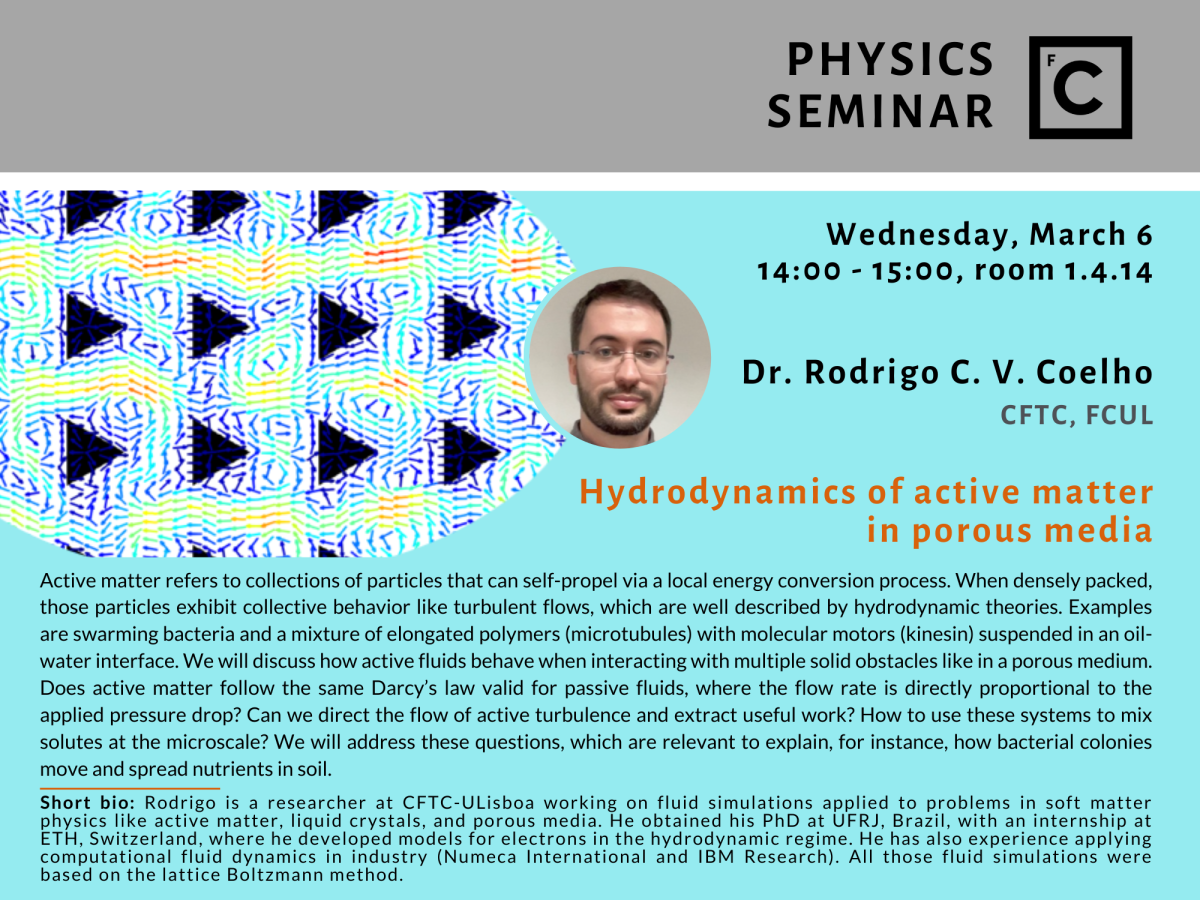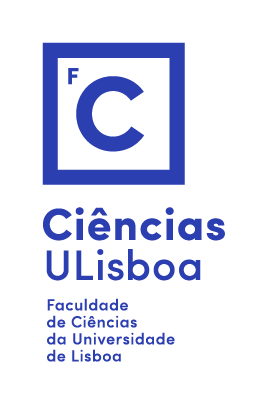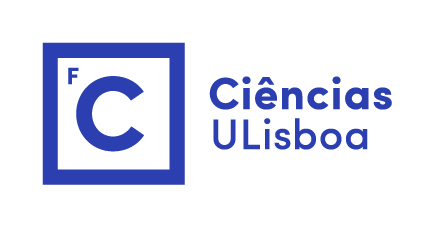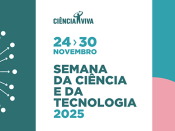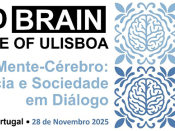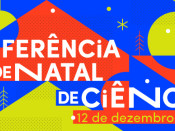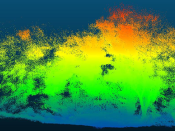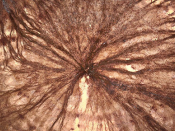Por Rodrigo C. V. Coelho (CFTC - FCUL).
Active matter refers to collections of particles that can self-propel via a local energy conversion process. When densely packed, those particles exhibit collective behavior like turbulent flows, which are well described by hydrodynamic theories. Examples are swarming bacteria and a mixture of elongated polymers (microtubules) with molecular motors (kinesin) suspended in an oil-water interface. We will discuss how active fluids behave when interacting with multiple solid obstacles like in a porous medium. Does active matter follow the same Darcy’s law valid for passive fluids, where the flow rate is directly proportional to the applied pressure drop? Can we direct the flow of active turbulence and extract useful work? How to use these systems to mix solutes at the microscale? We will address these questions, which are relevant to explain, for instance, how bacterial colonies move and spread nutrients in soil.
Short Bio: Rodrigo is a researcher at CFTC-ULisboa working on fluid simulations applied to problems in soft matter physics like active matter, liquid crystals, and porous media. He obtained his PhD at UFRJ, Brazil, with an internship at ETH, Switzerland, where he developed models for electrons in the hydrodynamic regime. He has also experience applying computational fluid dynamics in industry (Numeca International and IBM Research). All those fluid simulations were based on the lattice Boltzmann method.
